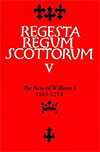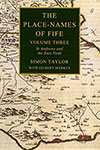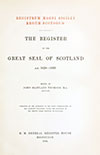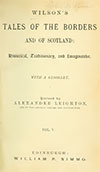

Crail Castle was a royal residence from the 12th century but only a short section of wall remains of it.
Built on a rocky clifftop outcrop overlooking a natural harbour to the south-west, the site is of clear strategic importance. The name Crail derives from a Pictish word cognate with the Welsh caer for “fort” possibly combined with the Gaelic ail for “rock”, perhaps suggesting “rock fort” or “cliff fort”. It has been speculated that there was a Pictish fort here before the castle and there was a settlement at Crail in the 9th century.

David I is said to have frequently stayed at the castle in the second quarter of the 12th century however the first specific mention of the castle doesn’t come until the reign of his grandson and successor, Malcolm IV (1153 to 1165), when a chapel within the castle dedicated to St Rufus or St Rufe, also known as St Maolrubha of Applecross, was mentioned.
Later references to the Moitt de Craile or Mote of Carrail have led to the suggestion that the first castle was built on a motte which may be the case but it is also possible that the motte may have actually referred to the rocky outcrop on which the castle was built.
What form the castle took is unknown however as the remains are so fragmentary. A section of mortared masonry measuring around 5.2m long by 1.4m wide and 1.4m tall is all that remains, at the southern end of which are the footings of a round tower. This would appear to represent the southern corner of a curtain wall which enclosed an approximately square area aligned approximately north-east to south-west.

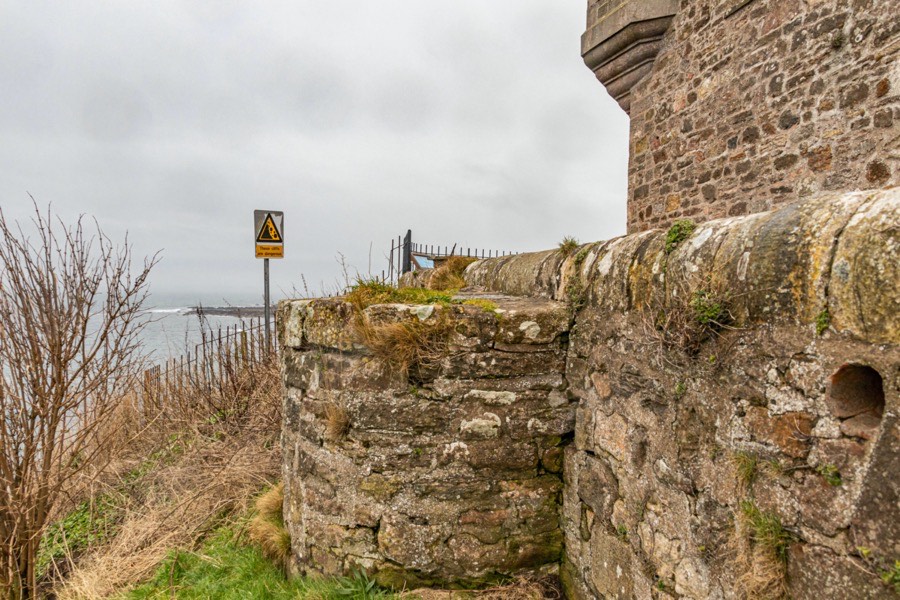
David I’s only son and heir, Henry, Earl of Northumberland, married Ada de Warenne and it’s possible that Crail Castle was given to her as part of her dowry. She was certainly in possession of the burgh of Crail in the mid-12th century when she granted land to various religious establishments.
Henry predeceased his father in 1152 and Ada and Henry’s son, Malcolm, was made David’s heir, succeeding to the throne as Malcolm IV upon David’s death in 1153. Malcolm’s reign was a short one however and he died unmarried in 1165, being succeeded by his brother, William I, known as William the Lion. When their mother, Ada, died in 1178 Crail Castle reverted to the Crown and Crail was made a royal burgh in the same year.
In 1186 William married Ermengarde de Beaumont and it is thought that she was granted Crail Castle as part of her dowry. William signed several charters at Crail during his reign and by 1212 the castles of Crail and Kinghorn had been placed under constables who were responsible to the Sheriff of Crail, later known as the Sheriff of Fife, who at that time was Geoffrey de Inverkunglas.
William I died in 1214 and was succeeded by his son, Alexander II, who in 1221 married Joan, daughter of King John of England. As part of the dowry arrangements the castles of Crail and Kinghorn were to pass to Joan should Alexander’s mother, Ermengarde, predecease him.
Alexander signed charters at Crail and following Ermengarde’s death in 1234 he granted the barony of Crail to Richard de Beaumont, who is thought to have been the nephew or great-nephew of Ermengarde. Richard in turn pledged or leased the barony to Walter Stewart of Dundonald, 3rd High Steward of Scotland, in exchange for money towards a journey to the Holy Land.
The date of Richard’s death is not know but Walter Stewart died in 1246 and following their deaths the barony of Crail returned to the Crown. Walter’s executors however successfully petitioned for it to be returned to them until the end of the lease and in 1247 a Walter of Crail is described as a clerk to Alexander Stewart of Dundonald, 4th High Steward of Scotland, while witnessing a grant by Alexander to the monks of Paisley Abbey. This Walter may have been Walter Bailloch Stewart, fourth son of the 3rd High Steward and brother to Alexander. In 1252 Alexander confirmed his earlier charter to Paisley Abbey and this was witnessed by, amongst others, Walter Bailloch Stewart and William, Lord of Crail. William may have been William Stewart, the younger brother of Walter and Alexander.
Some repairs were made to a house in the castle (“domus infra castrum”) and paid for by the Royal Exchequer during the reign of Alexander III in 1264.
By the end of the 13th century the barony of Crail appears to have been in Royal hands again as in 1294, during the overlordship of Edward I of England, John Balliol granted it to Isabella de Beaumont, lady of Vescy, as a descendant of Richard de Beaumont through her mother, Agnès de Beaumont. In November of that year the English king granted Isabella, the widow of John de Vescy, the right to hold a market at her manor of Crail every Wednesday and an annual fifteen day fair there.
At Easter 1296 Balliol took possession of the barony of Crail once again on account of the Wars of Independence however following Edward’s invasion of Scotland in 1296 Isabella performed fealty to Edward at Ipswich in December and received a sasine of Crail which she held by remission of her mother.
In May 1305 an inquest was held into the barony of Crail which resulted in Isabella giving to Edward the manor of Crail with cáin and other appurtenances. This was then granted back to her for her lifetime and was to pass to her brother, Henry de Beaumont, later Earl of Buchan, who had fought under Edward ath the Battle of Falkirk.
In 1309 Lawrence of Wormiston was Constable of Karale and a charter by Robert the Bruce in the following year confirmed Lawrence de Weirmestoun confirmed him as Constable and referred to it as an office held by his ancestors since ancient times.
In 1312 Robert set out the commodities, fees and rights of the Constable of Crail in a retour. These included the custody of the castle, holding all the farms belonging to the King within the barony of Crail, the right to take twenty white fish per day from one boat landing at Crail for the payment of a penny, one ling for a penny from every boat landing ling, from every brewer a bottle and a half of ale from every brew for a penny, and forty shillings annually from the King. One of the witnesses to the retour was Walter de Carale.
Robert of Wormiston was Constable of Crail in 1358 and a John de Carale is on record in 1366. Towards the end of the 14th century the male line of Wormiston seems to have failed as the estate passed to Robert’s two daughters, Annas and Issobel, or Anna and Isabel, of Wormiston.
Isabel married Duncan Spens, second son of John de Spens of Muirton or Mairston and a descendant of the MacDuff Earls of Fife, and Wormiston passed to their heirs. The Constabulary of Crail may have passed with Wormiston as in December 1458 James II confirmed Alexander Spens of Wormiston, a great-grandson of Isabel and Duncan, and his heirs in the office of constable of Carrale which his father, Murdoch Spens, had resigned.
In 1497 David Spens of Wormiston, son of Alexander, was served heir to his grandfather, Murdoch, in Wormiston and as Constable of Crail.
James V granted a charter to the collegiate church of Crail in November 1526 in which he described Crail as “an ancient borough where sundry princes, his predecessors, had made their residence and dwelling-place, and as he and his successors might do in time to come as reasonable causes and occasions should befall.” This would suggest that the castle was still habitable at this time. On the 16th of June 1538 Mary of Guise landed at Crail ahead of her wedding to James. It isn’t clear why she landed here specifically but it may have been due to the location of the royal castle.
The castle may have been destroyed in 1544 by the forces of Henry VIII of England during the Rough Wooing. David Spens died in 1549 and since his son, also David, had predeceased him he was succeeded by his grandson, Sir David Spens of Wormiston. In March 1563 or 1564 Mary, Queen of Scots, granted to Sir David Spens and his heirs the castle of Craill which his ancestors, the Spens lords of Wirmestoun, were hereditary constables and custodians of. The charter mentions that the castle had been substantially destroyed with only the motte land remaining and that Sir David had permission to rebuild it, although it is unclear if he exercised that right.
In 1566 Sir David had a charter of the lands of Wormiston and Pettincrieff, “the mote of Carrail, commonly callit the Castle of Carrail”, the office of Constable of Crail and responsibility for the keeping of the King’s muir.
Sir David was one of the party who attempted to kidnap Matthew Stewart, 4th Earl of Lennox and Regent of Scotland, at Stirling in September 1571 however ironically he was shot and killed while trying to protect Lennox. As a result Sir David’s estates and titles were forfeited and in October of the same year James VI granted the lands of Wolmerstoun, Kingis-carne, Breidles, Pettincreif and Lady-orchard, the lands of Mairstoun, and the office of constable of Craill which was held by David Spens of Wolmerstoun to Patrick Lindsay, 6th Lord Lindsay of the Byres.
The Spens family were evidently restored to their estates as in July 1583 the King confirmed an older charter by Sir David to James Spens, his first son and heir apparent, and his heirs, of the lands of Wylmerstoun, the lands of Pettincreif, the Moitt de Craile, once the castle of Craill, the office of constable of Craile and its fees, the Kingis-mure of Craill and various other possessions.
Little seems to be written about the castle until the early 18th century by which time it was described as “the ruins of a strong castle”, indicating perhaps that the Spens family didn’t rebuild it. Certainly the references from the second half of the 16th century suggest the remains of a castle rather than an extant building. In October 1706 James Cunningham of Barns, heir to his late father, John Cunningham of West Barns, renounced in favour of William Crawford and other bailies of the burgh of Crail the “King’s Castle Yard”, two tenements and yards on either side of the Vennel leading to the harbour, and a piece of waste ground “within the Castle Wall”.
By the late 18th century the site of the castle seems to have been largely cleared and developed as a garden. Outside the garden’s walls at the eastern corner of the site a building known as the Watch House was built. Square in plan with a piend roof and pointed windows, the date 1782 was carved onto a re-used 17th century pediment.
According to a report from 1803, upon the site of the castle “a gentleman has lately erected a neat summerhouse, which commands a fine prospect, and having a battery of small cannon mounted upon its top, it makes an excellent appearance from the sea.” This is likely to be the structure that is shown within the Castle Garden on the Ordnance Survey map of 1855.
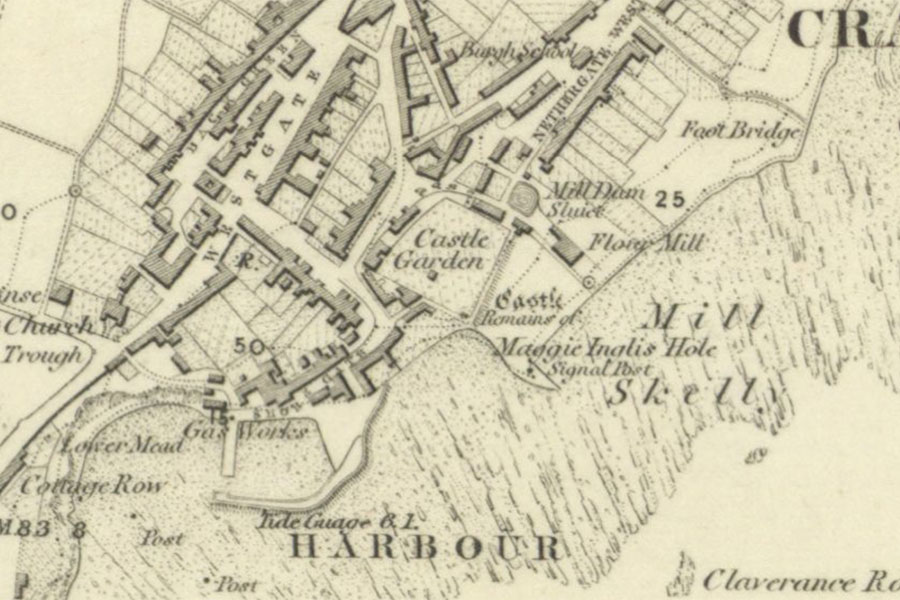
Ordnance Survey, 1855image courtesy of NLS
In September 1838 Alexander Coldstream from Dunblane sold to Alexander Corstorphine of Pittowie “most of ground called the Castle Yard, and of two tenements of land to the north of the Castle Wall” which his cousin, the late Janet Coldstream, had owned until her death in 1836. It may be that the two buildings shown to the north-west of the Castle Garden on the Ordnance Survey map, at the southern end of Castle Street, were built on those two tenements, although this is supposition.
The two buildings shown at the southern end of Castle Street were later removed and in 1871 Crail House was built to a design by Frederick Thomas Pilkington towards the western corner of the Castle Garden. A Gothic gateway was inserted into an older wall to the north-east of the new house and a crenellated octagonal gazebo was added to the south corner of the site, rising above the old wall.

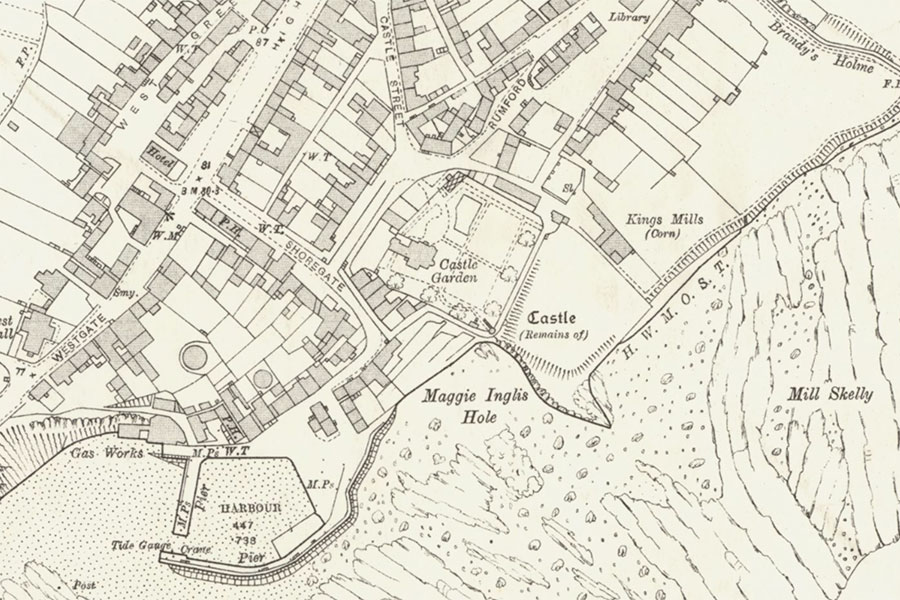
Ordnance Survey, 1914image courtesy of NLS
In 1937 a two storey wing was added to the south of the house. Crail House changed hands in 1971 and was converted into apartments by the new owners in the 1970s.
All that now remains of Crail Castle is a listed section of wall to the south-east of the Castle Garden. A coastal path, known as Castle Walk or Castle Promenade, has been constructed on top of the old wall.
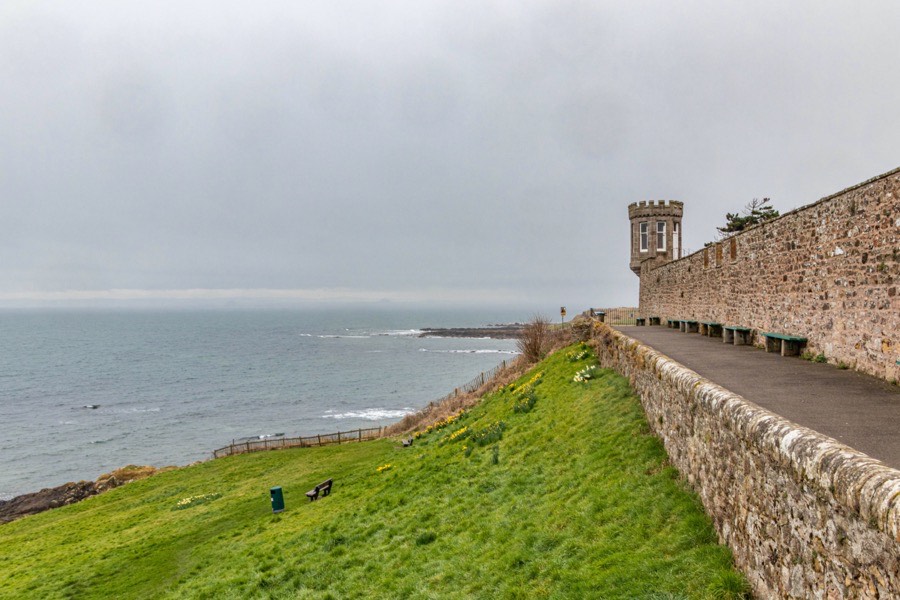
The site of the castle is now bounded by Castle Street to the north-west, Castle Terrace to the south-west, Castle Walk to the south-east and an unnamed vennel to the north-east. To the south-east of the Castle Garden, and lower in height, is an area of ground known as the Castle Yard Park.
Alternative names for Crail Castle
Caraill; Caraille; Carale; Caralla; Careill; Carel; Carell; Carle; Carrail; Carraill; Carrale; Carreill; Carrell; Caryl; Caryle; Castle of Carrail; Castle of Crail; Charel; Cherel; Craile; Craill; Crailla; Craillia; Crale; Crayl; Crayll; Creill; Croile; Karail; Karal; Karale; Karel; Karele; Karell; Karrall; Kerell; Moitt de Craile; Mote of Carrail










